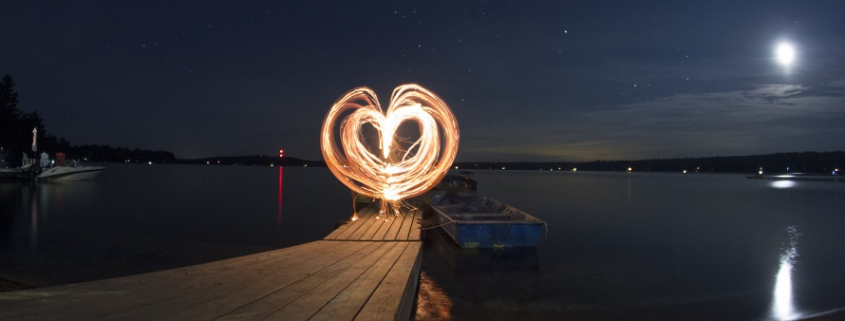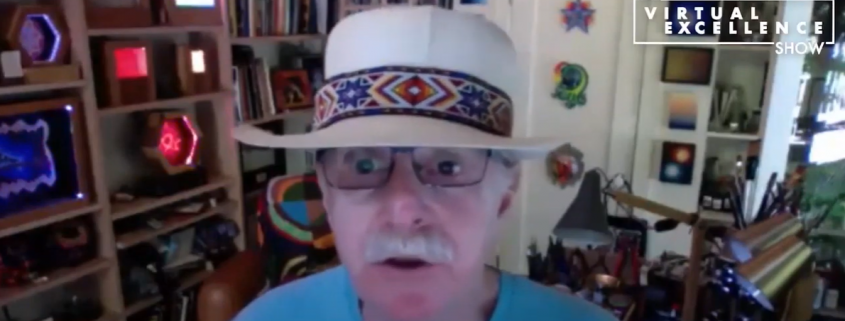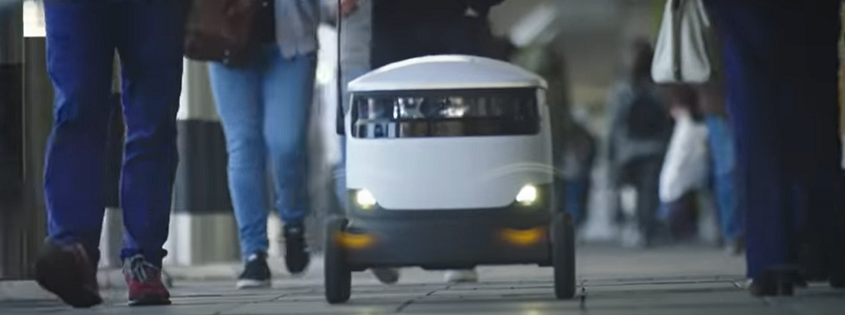The pandemic is offering us many more choices in our behaviours, to help us carve a better future
Humans, individually and collectively, often tend to get stuck in ruts and routines. That’s our nature, we try things until we find a point of comfort and then stay there.
One of the biggest potential positives of the COVID-19 pandemic is that it has broken established routines and structures, thereby giving us additional options and choices to those we perceived before.
Speaking to this point, I was recently interviewed for an interesting podcast from Defiance News, The Future of Technology: The Good, The Bad & The Orwellian. The full podcast is embedded below.
Read more →










